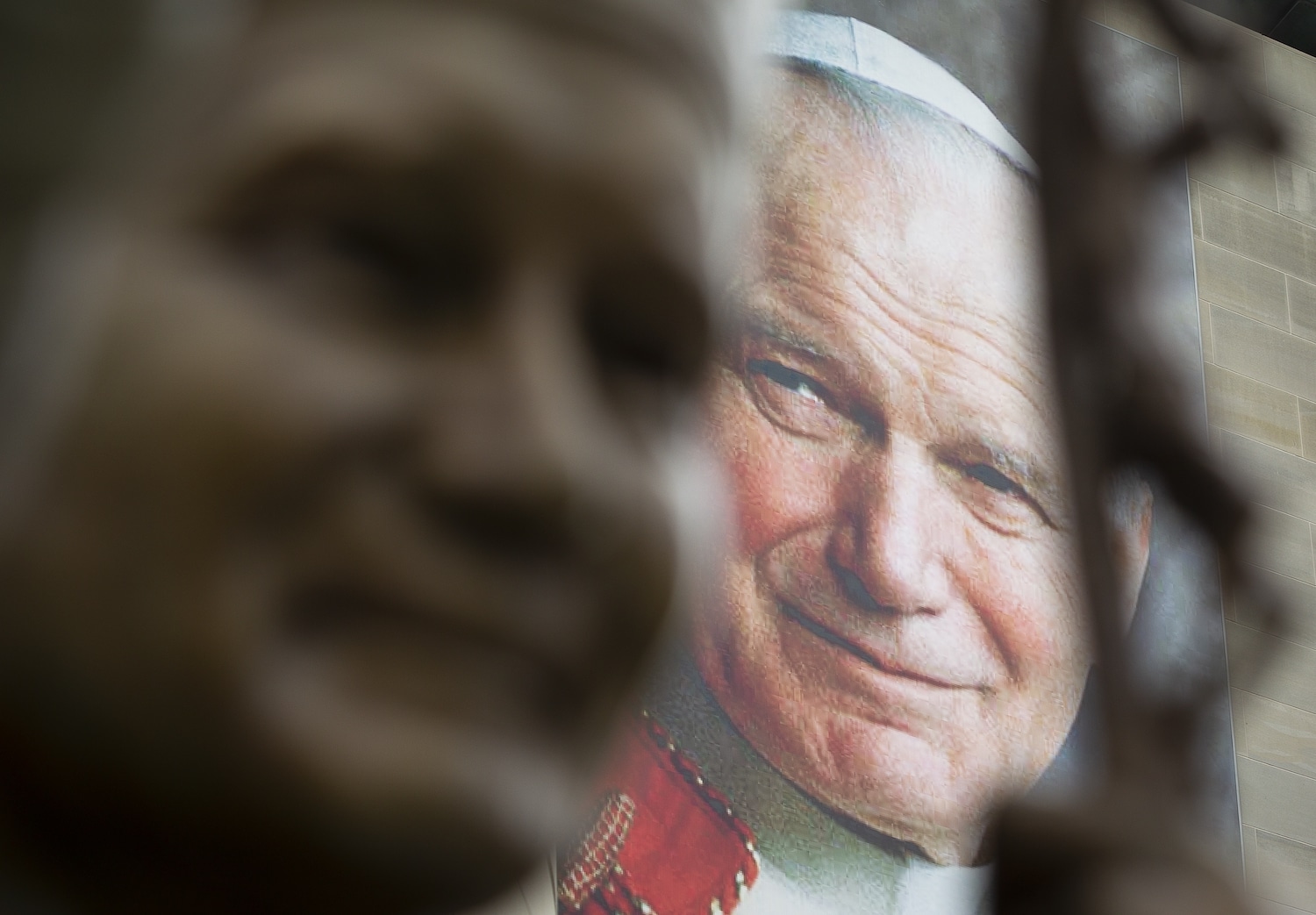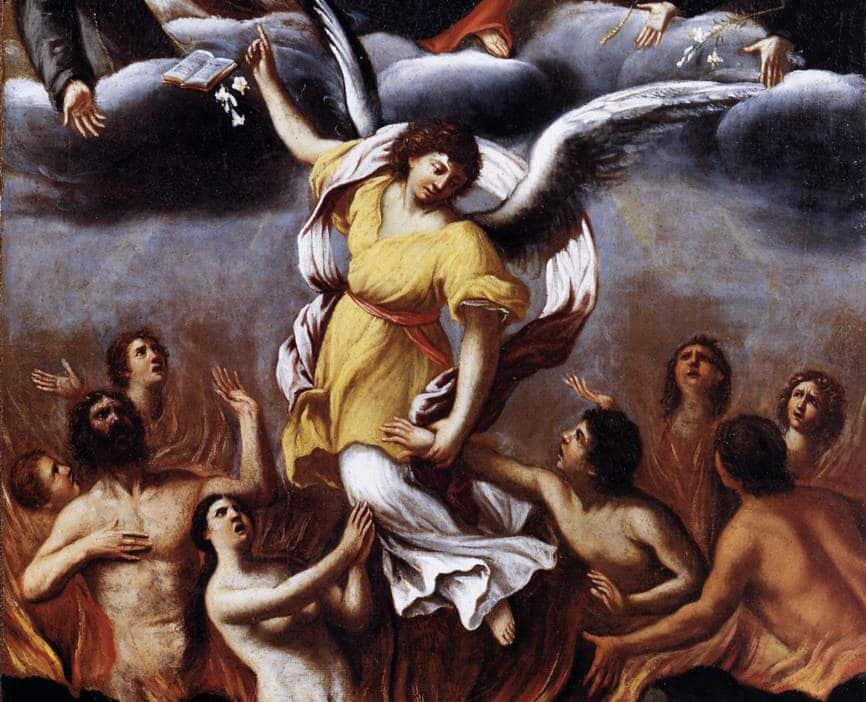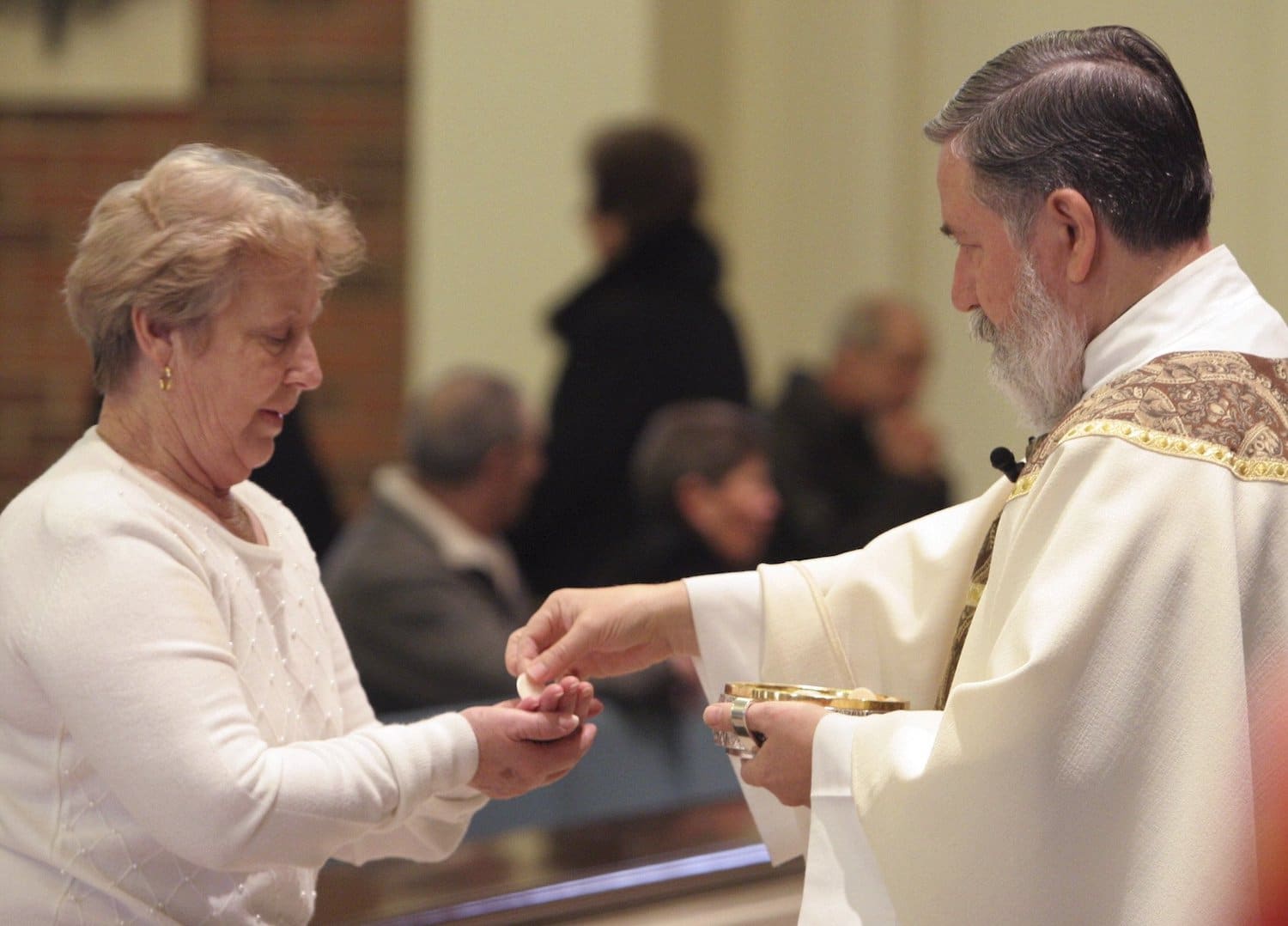Red flags are ubiquitously recognized as warning signs in relationships. They signal manipulative, jealous or otherwise unhealthy behavior. When spotted, a red flag means the end of the line (or it should).
TikTok’s latest trend of identifying and sharing “beige flags” started as a lighthearted response to the often-overused term “red flags.” The new trend flips the script, giving us something entirely unexpected, with users highlighting moments and behaviors that may not be ideal, but are ultimately relatable and forgivable in the context of a relationship. While red flags signal clear danger and toxic behavior, beige flags encourage us to embrace the imperfections that are part and parcel of meaningful relationships.
Rather than dwelling on the negative, the beige flag trend promotes a healthier and more compassionate approach to dating. “Benign but baffling, they are the kinds of things that might come up in a gentle roast,” the New York Times writes about beige flags. From what I’ve seen, the beige flag movement has sparked valuable conversations about the complexities of relationships. It acknowledges that people are imperfect, and it is natural for them to exhibit quirks or minor flaws. Not every foible or difference of opinion should be seen as a deal-breaker; instead, they can serve as opportunities for growth and better understanding between partners.
What makes beige flags so appealing is their universality. Almost everyone can relate to those little moments that may raise an eyebrow or create a moment of discomfort but don’t necessarily mean the end of a relationship. TikTok users have showcased a wide range of examples, from people who leave the toothpaste cap off to those who insist on regularly rearranging their furniture. Through humor and bracing honesty, I’m happy to see how the trend reminds us that navigating relationships requires — perhaps above all else — patience and empathy.
And thinking about flags got me thinking about ministry. Not every priest is a fit for every assignment. But sometimes that uncomfortable fit isn’t the dealbreaker that parishioners make it out to be — the awkward fit is really a beige flag, not a red one. Sometimes a priest might be hard to understand or maybe his approach to liturgy is not an easy fit for a community. Maybe he’s a bit formal for his casual boomer flock, or maybe administrative duties don’t come easily to him. Beige flags all. …
But sometimes the lines get crossed. Or maybe the flags are difficult to make out over the horizon. Or maybe the lighting is poor. Whatever the reason, we as members of the Church have seen many red flags mistaken for beige flags. Things that ought to be clear warning signs for one reason or another are overlooked, and priests (or even bishops) end up in the wrong place, having been given the wrong assignment.
There’s an art to reading and discerning the flags. What might be a beige flag in one role might be a red flag in another. Heading the Dicastery for the Doctrine of the Faith, for example, requires different gifts than governing a diocese. And governing an urban center requires a different approach than leading a rural church. And running a suburban parish is different from heading a homeless outreach.
It won’t do to intentionally pretend that red flags are merely beige in a relationship. Neither will it do to wish a flag was a different color when it comes to matters of the Church.
We can all learn from the lesson of beige flags. There’s an opportunity for real Christian charity. To be stretched? To be challenged? Noble things for any pilgrim on this side of eternity. We can spot and embrace beige flags.
But pretending red flags are beige? We should think twice.







